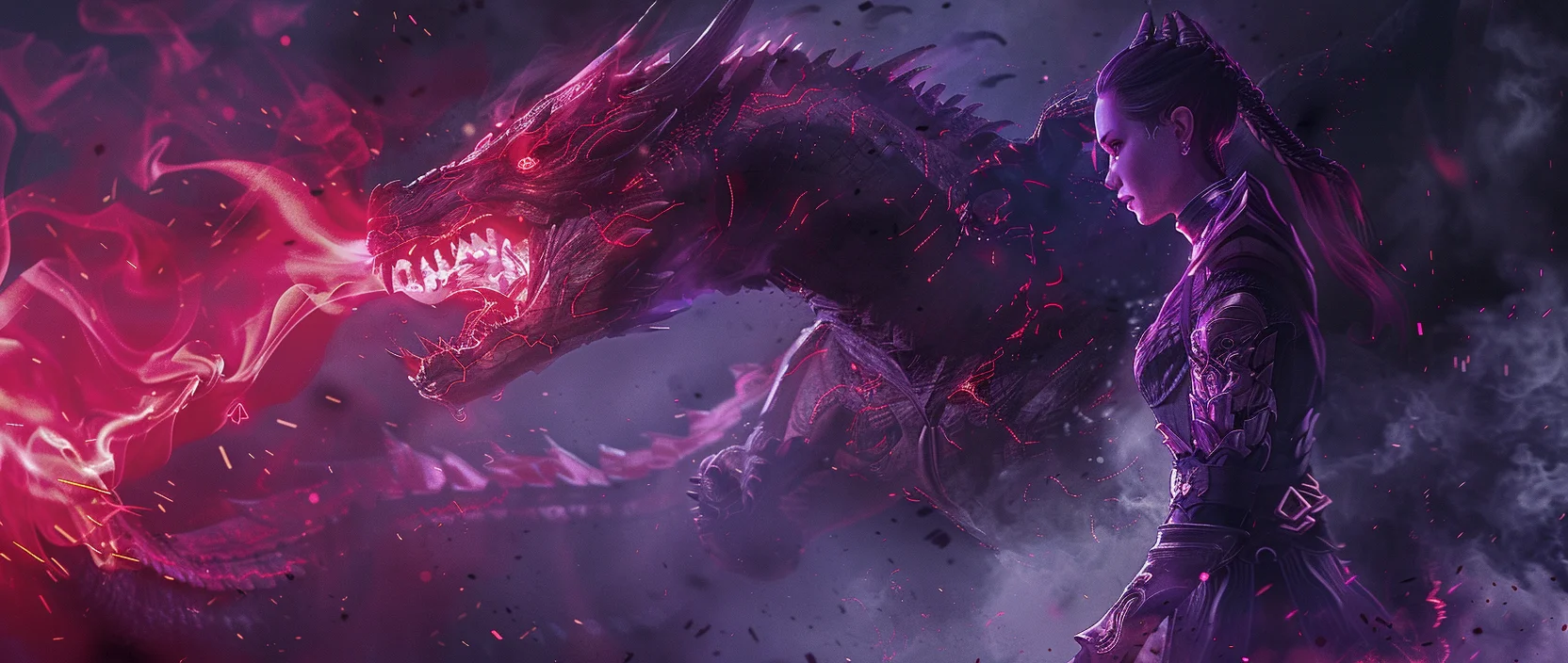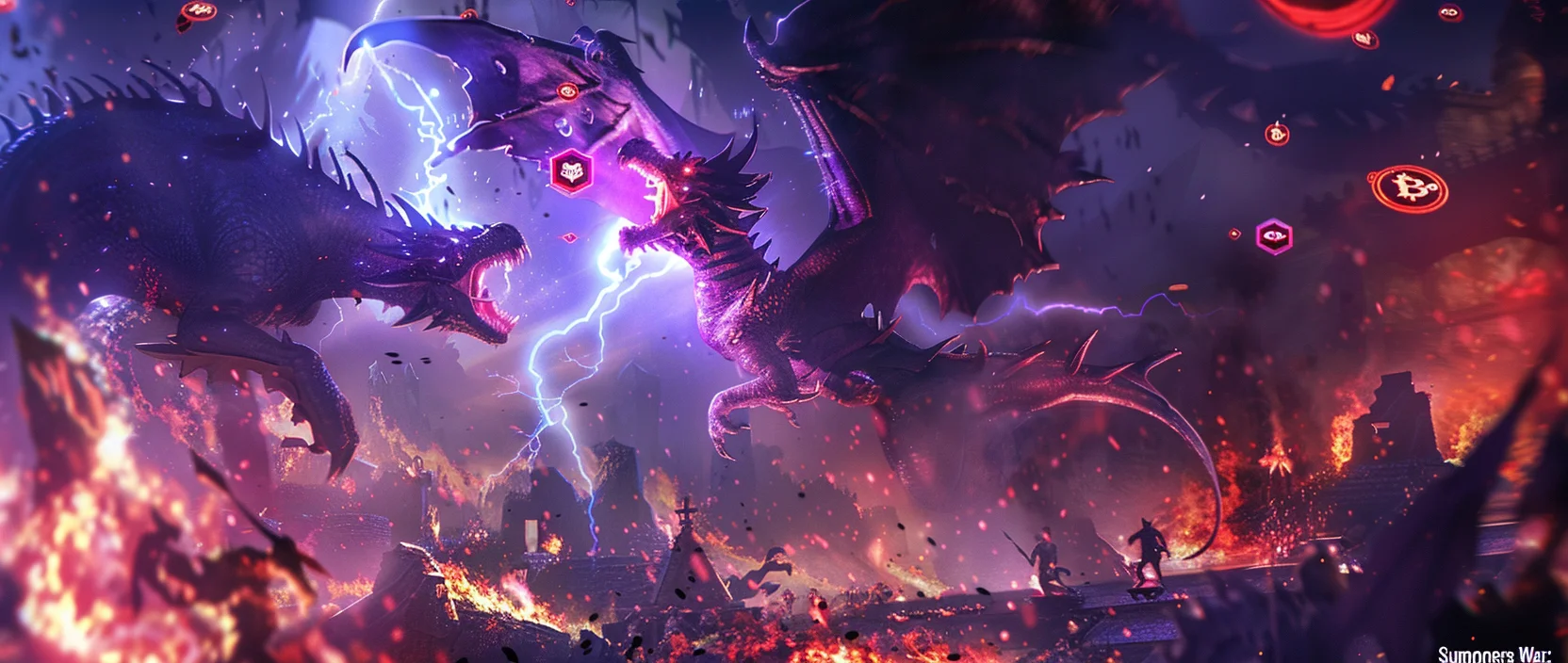Summoners War: Lost Centuria is a real-time strategy game developed by Com2uS, based on the popular Summoners War: Sky Arena universe. The game combines competitive battles, monster collection, and tactical team management. Thanks to its deep gameplay and regular updates, the project has become one of the leading mobile strategies in recent years. This article explores the game’s core mechanics, technology, internal economy, and growth potential in the context of the mobile PvP and Web3 gaming markets.
Contents
- Concept and Key Features of Summoners War: Lost Centuria
- Monster Collection and Team Building
- Combat Mechanics and Competitive Modes
- Economy and In-Game Monetization
- Positioning, Reviews, and Future Prospects
- Conclusion

1. Concept and Key Features of Summoners War: Lost Centuria
Summoners War: Lost Centuria continues the legendary franchise but shifts its focus toward real-time battles. While Sky Arena was based on a turn-based model, Lost Centuria introduces dynamic 8×8 PvP duels, where victory depends on quick thinking and smart ability use. By emphasizing reaction speed and tactical depth, the game appeals to players who enjoy fast-paced competitive strategy.
Each player forms a team of eight monsters and faces real opponents online. Every monster has unique abilities, elemental affinities, and roles that demand careful team synergy. A key feature is the counterattack system: using the right skill card at the perfect moment can interrupt an enemy’s attack and reverse the flow of battle. This mechanic rewards precision and situational awareness, making each match unpredictable.
Com2uS has invested heavily in visuals and sound design. Cinematic skill effects, smooth animations, and immersive audio create a tense competitive atmosphere. Available on both iOS and Android, the game receives frequent updates that sustain community interest and foster esports potential. The developers maintain close communication with players through official channels, gathering feedback to balance the game and introduce new features. This constant evolution ensures Lost Centuria remains a dynamic and relevant strategy experience.
2. Monster Collection and Team Building
The core of Lost Centuria lies in its collection and team-building systems. Monsters are divided by rarity and elemental types (fire, water, wind, light, and dark). Each possesses distinct abilities that can be enhanced through runes and skill stones. These customization elements significantly affect gameplay, allowing players to shape their teams to fit different combat styles.
Main aspects of collection and progression:
- Monster rarity. The higher the rarity, the greater the potential for advanced abilities and synergies.
- Elemental affinity. Balancing elements helps players counter various enemy types.
- Rune system. Enhances attributes such as speed, critical rate, or resistance.
- Skill stones. Strengthen abilities and unlock new attack variations.
- Team synergy. Success depends on coordinating roles like tank, healer, mage, and damage dealer.
This design encourages experimentation and strategic creativity. Players constantly adjust their teams to find optimal combinations that balance offense and defense. Even low-tier monsters can play crucial roles due to rare passive skills, emphasizing tactical diversity. The collection system also drives participation in limited events, where exclusive monsters can be obtained. This progression structure keeps players engaged, rewarding dedication and strategy rather than just luck or spending.
3. Combat Mechanics and Competitive Modes
The defining feature of Lost Centuria is its PvP-focused gameplay that values strategy over randomness. Battles pit two players controlling teams of eight monsters against each other. Skill cards are activated in real time, and mastering mana management and counterplay timing is essential for victory. Quick reactions can completely alter the outcome of a match.
The ranking system divides players into leagues, unlocking new arenas and rewards as they progress. Seasonal events and tournaments often introduce restrictions — such as using monsters of specific elements or rarities — keeping gameplay diverse and competitive. This dynamic environment ensures that no single strategy dominates for too long.
Comparison with other mobile PvP strategy games:
| Feature | Lost Centuria | Typical PvP Games |
|---|---|---|
| Combat mechanics | Real-time battles, counterplay, card-based skill activation | Turn-based or automated combat systems |
| Team structure | Complex synergy between monsters and elements | Fixed class-based systems |
| Arena format | 8×8 live multiplayer battles | 1×1 or static duels |
| Game pace | High-speed, reaction-driven gameplay | Moderate or slow pacing |
This approach positions Lost Centuria as more than just a mobile strategy — it’s a competitive platform with esports potential. Players climb leaderboards, earn seasonal rewards, and exchange strategies in community hubs. Frequent balance updates and new tournament modes keep the gameplay fresh and challenging. The evolving PvP ecosystem gives players reasons to return, solidifying Lost Centuria’s reputation as a serious contender in the mobile esports space.

4. Economy and In-Game Monetization
The in-game economy of Lost Centuria is built around several core resources: mana, monster cards, runes, and upgrade currencies. Players earn rewards through victories, events, and daily missions. Optional purchases — such as enhancement packs — provide faster progression without undermining competitive fairness. Com2uS has adopted a hybrid monetization model that balances paid advantages with skill-based competition.
Unlike typical pay-to-win structures, purchases in Lost Centuria grant acceleration rather than guaranteed dominance. The developers actively fine-tune the economy, adjusting monster drop rates, tournament rewards, and resource systems to maintain balance. Seasonal updates ensure that no single method of progression becomes overpowered, keeping the experience engaging for both free and paying players.
The financial design emphasizes event-driven engagement and sustainable resource loops. Players can exchange activity points for valuable items or tokens that enhance their monsters. This creates a self-contained yet fair economy that rewards participation. Looking forward, Com2uS plans to expand into Web3 through integration with the XPLA blockchain, enabling true ownership of digital assets and cross-game trading. Such innovation would transform Lost Centuria into a bridge between traditional mobile gaming and the decentralized GameFi ecosystem.
5. Positioning, Reviews, and Future Prospects
Since its release, Lost Centuria has been positioned as the next evolution of the Summoners War franchise. Reception has been largely positive, with praise for its visuals, fast-paced combat, and constant updates. While some players criticized aspects of monetization, the game’s balance and strategic depth have ensured a loyal and active player base.
Compared to other mobile strategies, Lost Centuria stands out for its real-time combat and flexible team-building mechanics. Future updates may introduce NFT and asset-ownership systems via the XPLA blockchain, offering decentralized control over in-game assets. This move would align the game with the growing Web3 gaming sector and strengthen its longevity in the market.
As mobile esports continues to expand, Lost Centuria has the potential to become a consistent competitive platform. With ongoing balance updates, new monsters, and social features, the game remains vibrant and evolving. The project reflects Com2uS’s strategic shift toward blockchain integration and GameFi, signaling a future where players gain more control and economic participation within gaming ecosystems.
6. Conclusion
Summoners War: Lost Centuria is not just a sequel but a reinvention of the mobile strategy genre. Combining real-time tactical depth, balanced monetization, and a growing community, it delivers an engaging competitive experience. Unlike many mobile titles, Lost Centuria emphasizes fairness and adaptability rather than heavy monetization.
Its blend of visual polish, strategic complexity, and social engagement makes it appealing to a broad audience. With continued development and potential Web3 integration, Lost Centuria could become a cornerstone of next-generation mobile strategy games. It exemplifies how a franchise can evolve beyond its origins, bridging classic gameplay with modern decentralized innovation — a true milestone for Com2uS and the mobile gaming industry.





